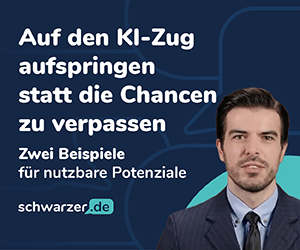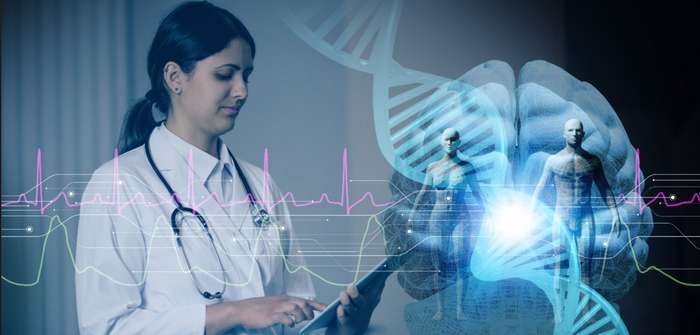The University of Alabama-Birmingham (UAB) has been able to massively optimize its science operations through the consistent use of Internet of Things technologies (IoT). It expects to gain new insights that could revolutionize medicine.
Table of Contents: What awaits you in this article
Modernization urgently needed
When the person currently responsible for IT took up his position at UAB, the digital structures there consisted of completely outdated inventory. Some of the equipment, from software to storage media to functions, was more than thirty years old. It was inconceivable that today’s scientific staff would be able to keep up with modern developments in their fields.
Clouds for data-intensive research
In order not to be completely left behind by the scientific canon, the outdated structures were standardized and optimized. Instead of totally outdated technical equipment, cloud technology made its way into the faculties.
Hybrid clouds in particular promised measurable progress, especially for the very data-intensive fields. Research on the human genome or for individualized therapies naturally generates very large volumes of information. This can only be processed in a reasonable amount of time if the appropriate infrastructure is available.
100 Gbit computer aggregate
The foundation for this work was laid by a network of many different technologies. Tableau, Kubernetes and Nvidia graphics cards were part of this base, as were Microsoft Azure, MS Power BI and Azure Ai. The result was a hybrid cloud structure that connects to a computer cluster via a 100 gigabit line. With it, innovative breakthroughs in research are visibly becoming possible.
Restructuring far from over
However, the head of the IT department does not want to rest on his laurels. The modernization of the technical equipment has already led to a fundamental structural change in other areas as well. Instead of using all his employees only as a kind of fire department for temporary technical problems, as before, he has completely different goals in mind. For example, a large part of his staff is to be used more to steadily advance the existing structures in order to enable ever better research.
Investing in AI, ML and high performance
Each year, UAB is able to acquire up to $850 million in research funding through its innovations. Increasingly, IT is investing portions of this sum in technologies designed to bring further success to the bandwagons of this development. Current acquisitions, for example, are aimed at expanding experiments in artificial intelligence (AI), machine learning (ML) and neural network development, among others.














